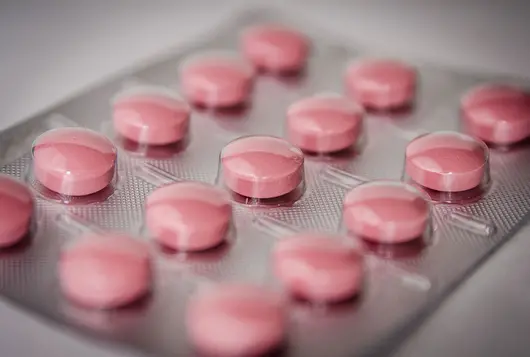Top 4 July 4th Pet Toxins

For many people, July 4 means watching pretty fireworks, hanging out with family and eating food from the grill. But for those who work in emergency veterinary medicine or at the ASPCA Animal Poison Control Center, the day is often centered around dogs vomiting up a variety of things that they shouldn’t have eaten.
These four categories and treatment tips from APCC veterinarians can help you deal with seasonal toxicity cases from July 4 through summer’s end.
Here’s a handout listing the Big Four you can print out, give to clients and share on social media.
Fireworks
Fireworks are divided into two categories, personal use and professional. Personal use fireworks can be purchased by the general public and most exposures result in only gastrointestinal upset or risks unrelated to toxins such as dermal burns and foreign body obstruction.
Sparklers, the most common firework that the APCC receives calls about, contain a variety of different salts in low concentrations. Most exposures to sparklers result only in GI upset, though there is the potential for more serious signs if a large amount is ingested.
Fireworks contain fuel, oxidizers, color producing compounds (often heavy metals), binders and reducing agents. Some of these components can be corrosive so dilution with milk or water is often preferred over inducing vomiting. Fireworks that contain cyclonite, barium or chlorate have the potential to cause more serious signs.
Heavy metal toxicity is possible with larger exposures or exposures to professional fireworks.
Pool Chemicals
Pool chemicals include chlorine tablets, muriatic acid and brominating tablets, among others.
Exposure to pool chemicals once they have been diluted appropriately in the pool or spa is generally not a serious concern and may just result in gastrointestinal upset. However, these chemicals can be caustic if they are not diluted (e.g. chewing on a chlorine or brominating tablet).
Respiratory signs may be a problem if the exposure is in a confined area or the owner has been mixing chemicals inappropriately in a small, enclosed space. There is also a risk for aspiration if vomiting occurs.
Lawn Products
Generally, lawn products fall into three categories: herbicides, fertilizers and insecticides. Casual exposures to most yard products usually result in mild and self-limiting gastrointestinal upset. If liquid products are used, they are generally safe for pets to be around once the liquid has completely dried.
If large amounts of fertilizer are ingested, dogs can develop limb stiffness and soreness. The musculoskeletal signs will resolve on their own, but some dogs may require pain medication and supportive care for a day or two.
Most home use insecticides are pyrethrins or pyrethroids used at low concentrations and only result in stomach upset or oral irritation if ingested. Some ingredients found in granular products, such as bifenthrin, can cause more serious signs – so always check active ingredients and their concentrations.
Exposure to older agricultural products and foreign products can cause more serious issues due to ingredients such as organophosphates or carbamates, but thankfully these are becoming very rare.
Food
Grapes/raisins, onions and garlic, xylitol, macadamia nuts, chocolate, moldy foods, high fat foods, alcohol: Summer festivities include a plethora of foods pets should not get into.
Xylitol keeps popping up in unexpected places, though the most common route of exposure is still through sugarless chewing gum. Remind owners to check those labels and keep gum out of the reach of pets (dogs especially like to root around in purses that guests leave sitting out).
We have lots more on this subject:



